HTC One max vs Samsung Galaxy Note 3 vs LG G2: specs comparison

The HTC One Max is now a reality,and though product unveilings are usually a joyous occasion for thecompanies behind them and consumers both, it falls down on the latterto roll up their sleeves and start weighing the product's relativepros and cons. And though the general user experience is arguablyonly partially reliant on specs, they do remain an important readingthat we go through every time a new flagship device enters themarket.
Today, we're comparing three ofthe hottest flagships currently (and soon, in the case of the HTC OneMax) available. Unlike the software side of things, where the triofeatures a wildly different value propositions, down under in theworld of hardware, things are simpler and far less subjective. This,for example, means that we can easily call HTC on using a somewhatcheaper, slightly outdated chipset with the One Max – theSnapdragon 600 (Adreno 320), whereas the competition in the form ofthe Samsung Galaxy Note 3 and the LG G2 has already moved toSnapdragon 800 with Adreno 330 graphics. On the other hand, at5.9-inches, the HTC One Max has the largest screen real estate of thegroup, and this one should prove to live long enough to see more thana day of heavy usage, thanks to the large 3300mAh battery that HTChas snugged inside the One Max. While we're still at the topic ofdisplays, it's probably also worth mentioning that the threecontenders have all opted for a somewhat different display tech, each with itsrespective cons and pros – Super-LCD 3 for the One Max, SuperAMOLED for the Note 3 and an LG IPS LCD panel for the G2. In ourexperience, Super-LCD 3 panels are a tad superior to some IPS LCDs (S-LCD3 is also an IPS panel) and alsohave a hand over AMOLEDs (though that gap has been significantlyreduced with the Note 3).
Another rather more substantial winfor the HTC One Max is its dedicated fingerprint sensor, not a firstfor Android or the world of smartphones as a whole, but definitelythe first in a truly modern smartphone. Whether the said sensordelivers, however, remains to be seen (or tested).
With those in mind, and takinginto account the extensive specs break-down we've provided for youbelow, do you think the HTC One Max will manage to sway consumers offrival propositions?
the average is 3 h (180 min)
the average is 3 h (180 min)
the average is 3 h (180 min)
the average is 3 days (72 h)
the average is 3 days (72 h)
the average is 3 days (72 h)
the average is 0 h (0 min)
the average is 0 h (0 min)
the average is 0 h (0 min)
the average is 0 days (0 h)
the average is 0 days (0 h)
the average is 0 days (0 h)
the average is 0 days (0 h)
the average is 5.8 oz (167 g)
the average is 5.8 oz (167 g)
the average is 5.8 oz (167 g)
Check out our Specs Comparison tool to compare the specs of the HTC One Max to those of any other smartphone!

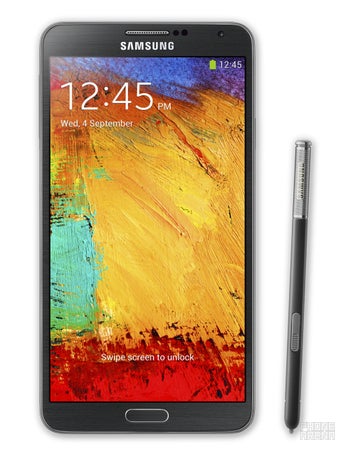
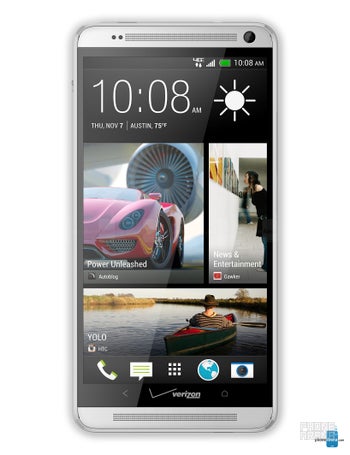







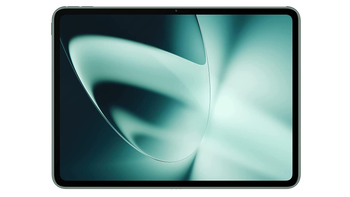
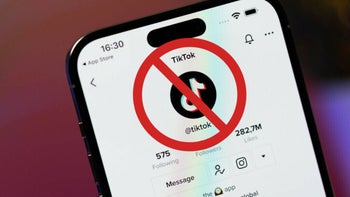

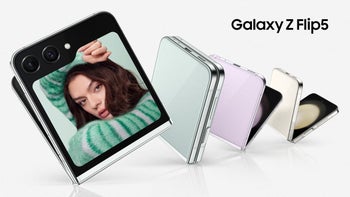

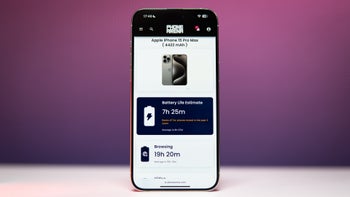
Things that are NOT allowed: